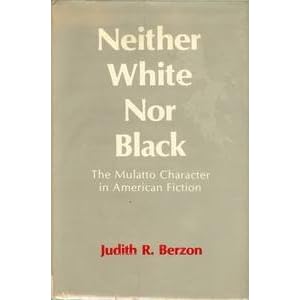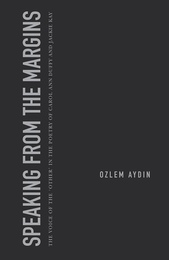Black Welsh Identity: the unspeakable speaks.Posted in Articles, Autobiography, Media Archive, United Kingdom, Women on 2011-10-06 01:06Z by Steven |
Black Welsh Identity: the unspeakable speaks.
British Broadcasting Corporation
North West Wales
2006-05-30
Isabel Adonis, Writer and Artist
Isabel Adonis was born in London and brought up in Llandudno, the Sudan and Nigeria. She spent 21 years in Bethesda before returning to Llandudno. She helped found Timbuktu, a new international arts and literary journal.
This piece won the best article award for 2002 in New Impact magazine.
“I am a woman. When I look in the mirror I see a woman. When other people look at me they see a woman. I know what a woman is and I am one. Once when I was a child, in Africa, I had my hair cut very short and the other children started calling me ‘El Walad’ – The Boy. It was very distressing, but I didn’t start feeling like a boy, and the children wouldn’t have been teasing me if they had really thought I was one.
If anyone asks me what it feels like to be a woman, I’m stuck for an answer. There doesn’t seem to be any other thing for it to be like or unlike; it feels normal, natural, un-problematic. It doesn’t feel like anything at all: – what does it feel like to be human?…
…I am Welsh. My mother was born and brought up in North Wales, speaking Welsh. I have lived most of my life in Wales. When I look in the mirror I see brown skin and African features. When other people look at me they see an exotic, a foreigner.
If anyone asks me what it feels like to be a black Welsh woman, I’m stuck for an answer. It doesn’t feel like anything at all; it feels like being human. I am my natural colour, and I live in my natural home, no problem.
But as soon as I step out of the front door, there is a problem. Most of the people who meet me are thrown into confusion and conflict. They like to think of themselves as being tolerant, accepting, unprejudiced etc. so they try to treat me as normal although their senses scream out that I am different. They try to be sensitive, avoid the word ‘black’, avoid the subject that is always on their minds. Many prefer to avoid me if possible, they find it a strain…
Read the entire essay here.

